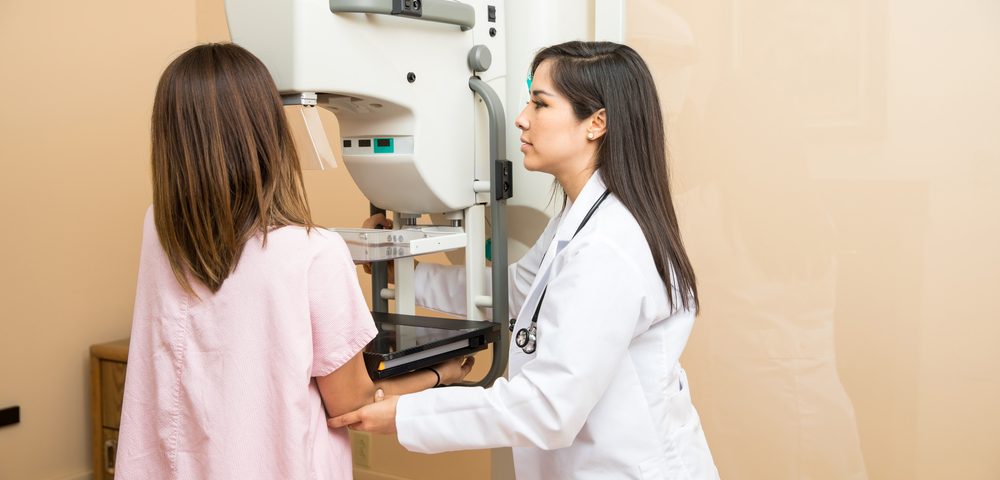Cancer patients who wait longer from a positive screening result to a diagnostic test have a higher risk for worse outcomes, according to researchers who reviewed cancer studies.
The review included studies of lung, colorectal, cervical, and breast cancer, and was recently published in the journal CA Cancer by researchers at the Perelman School of Medicine at the University of Pennsylvania.
The study, “Timely Follow-Up of Positive Cancer Screening Results: A Systematic Review and Recommendations from the PROSPR Consortium,” was conducted by an interdisciplinary team of experts from the Population-Based Research Optimizing Screening Through Personalized Regimens Consortium (PROSPR).
After a patient receives a positive cancer result from a screening test, the next recommended step is a follow-up evaluation that includes diagnostic testing like a CT scan to confirm the absence or presence of cancer and its severity.
According to the new findings, people who receive a positive screening should schedule a diagnostic test as soon as possible.
“To ignore these findings is not patient-centered,” Chyke Doubeni, MD, lead author of the review, said in a press release. “The longer a patient waits, the less likely they are to get the diagnostic testing done. There is also the risk that precancerous or early tumors will become more advanced cancers that are more difficult or impossible to cure.”
Each patient’s cancer evolves differently, which makes it difficult to agree on standard timeframes before a diagnostic test without the risk of cancer progression.
The researchers reviewed studies published between January 1998 and December 2017 to address how long patients wait, on average, before undergoing a diagnostic test, and how that time influences patient outcomes.
Researchers could only find enough evidence to suggest that waiting longer than 60 to 90 days for all cancers studied increased the risk of the cancer progressing and patients having worse outcomes.
For breast cancer, the Breast and Cervical Cancer Early Detection Program (BCCEDP), which is supported by the Centers for Disease Control and Prevention (CDC), sets a benchmark of 60 days or less from screening to diagnosis.
When looking at the evidence, investigators found that, compared with diagnostic testing within 30 days, some studies showed that women who waited more than 180 days from a positive screening to diagnostic testing had a significantly increased risk for larger tumor size and lymph node metastases.
In a multi-model microsimulation study, PROSPR researchers found no difference in the lifetime risk of breast cancer for waiting times of 90 days to 365 days (one year), even though the relative risk for late-stage disease was 1.08 at 90 days and 1.26 at one year.
They found there was a 17.3 decrement in estimated life-years gained when diagnostic testing occurred at 90 days, however.
Overall, the literature on waiting time in breast cancer diagnosis for women who presented breast cancer-related symptoms also provided indirect evidence for the key question. A 1999 study found that women who waited three to six months or longer had worse five-year survival rates compared to women who waited less than three months.
More recent studies did not find an association between longer wait times and poorer survival, or even found that patients with longer wait times had better survival, likely because of confounding (variables that weren’t accounted for) by indication.
Other studies found there was limited evidence for an optimal time of diagnostic testing after a positive mammogram. While one study suggested there was no significant increase in the risk of disease outcomes at 90 days, another study did not find worse outcomes until after one to two years.
Although there’s no evidence to determine a precise amount of time for diagnostic testing in breast cancer, there also is no evidence against the 60-day threshold. The team agrees that this goal is safe and can continue to be followed.
Future research will aim to identify time intervals during which it is potentially safe to wait before undergoing diagnostic testing.

